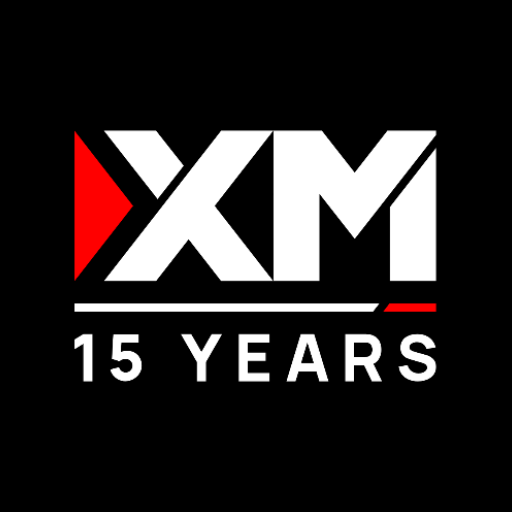Forget the price direction—can you predict if the final digit of the market price will be a high or low number? Digit Options are a specialized type of Digital Option where the trade outcome is determined only by the numerical value of the last digit of the Exit Spot. The overall price movement (up, down, or sideways) is completely irrelevant.
Welcome to Lesson 6
You've mastered directional contracts (Rise/Fall), range contracts (Ends Between/Ends Outside), and path-dependent contracts (Touch/No Touch). Now you'll learn the fascinating world of digit-based trading - where statistics matter more than market direction.
The statistical advantage: Digit Options reward traders who understand probability distribution and can identify patterns in final digit frequency, independent of overall market movement.
Strategic Insight: Digit Over/Under transforms your trading from "direction-based" to "probability-based." By focusing on statistical patterns in final digits rather than price movement, you can profit from market inefficiencies and mathematical probabilities that most traders ignore.
Lesson Chapters
1Chapter 1: Introduction and Definition
2Chapter 2: The Mechanism
3Chapter 3: Key Features and Flexibility
4Chapter 4: Risk and Reward Profile
5Chapter 5: Best-Use Scenarios
6Chapter 6: Step-by-Step Trade Execution
7Chapter 7: Common Mistakes and How to Avoid Them
8Chapter 8: Demo Challenge Task
Summary
- Digit Over/Under trades on the value of the Exit Spot's final digit (0-9)
- Outcome is independent of the asset's overall price movement
- Payouts are precisely calculated based on statistical probability
- Statistical analysis matters more than market direction
Quiz
What determines the outcome of a Digit Over/Under contract?
Answer:
The outcome is determined by the numerical value of the last digit of the Exit Spot (final price tick). The overall price movement (up, down, or sideways) is completely irrelevant. Only the final digit (0-9) matters for the contract result.
What happens when the final digit equals your chosen barrier?
Answer:
If the final digit equals your chosen barrier, the trade is a loss for both Over and Under contracts. This is why the payout for adjacent digits is slightly higher than pure mathematical probability suggests, as it accounts for the equal loss condition.
Which barrier choice offers the highest payout and why?
Answer:
Digit Over 8 or Digit Under 1 offer the highest payouts because they have only 1 winning digit out of 10 possible (10% probability). Digit Over 8 wins only if the final digit is 9, while Digit Under 1 wins only if the final digit is 0.
Why should you test digit distribution before trading?
Answer:
While digits theoretically have equal 10% probability, human psychological biases and short-term anomalies can skew the distribution. Different assets may exhibit non-random digit patterns, so testing historical tick data helps identify statistical edges and avoid assuming perfect randomness.
🚀 LeTechs Insight
Master the Mathematics: Digit Over/Under teaches you that trading success isn't always about predicting market direction. By focusing on statistical probability and digit distribution patterns, you can profit from mathematical inefficiencies that most traders ignore. The key is understanding that each digit has its own probability, and the payout reflects this mathematical reality. Whether you're trading high-probability strategies for steady returns or low-probability strategies for high payouts, success comes from understanding the numbers, not the market's mood.
Practice Statistical Trading
Master the art of probability-based trading with Digit Over/Under contracts.

Deriv
- Zero-spread accounts for tighter entries
- Swap-free (Islamic) available

XM
- Consistently low spreads on majors
- Micro accounts — start with a smaller risk
- Swap-free (Islamic) available
- No trading commission
Next Lesson: Digit Matches/Differs: Predicting an Exact Final Digit
Ready to continue?
Mark this lesson as complete to track your progress.

